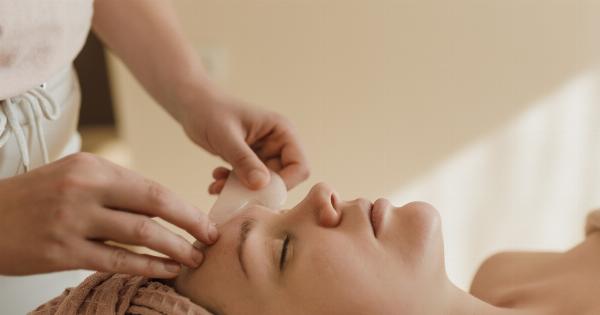Osteoporosis is a condition that affects the bones, making them weak and fragile. It is most commonly seen in women, especially those who have reached menopause. In fact, it is estimated that around 80% of people affected by osteoporosis are women.
The Importance of Early Treatment
Early detection and treatment of osteoporosis are crucial to prevent further bone loss and reduce the risk of fractures.
Empowering women with knowledge about osteoporosis and its treatment options is essential to promote better bone health and overall well-being.
Factors Contributing to Osteoporosis in Women
Several factors contribute to the development of osteoporosis in women. These include:.
- Hormonal Changes: The decline in estrogen levels during menopause accelerates bone loss in women.
- Lifestyle Choices: Sedentary lifestyle, excessive alcohol consumption, smoking, and poor nutrition can increase the risk of osteoporosis.
- Medical Conditions: Certain medical conditions such as rheumatoid arthritis, celiac disease, and hyperthyroidism can contribute to osteoporosis.
- Family History: Having a family history of osteoporosis puts women at a higher risk.
Diagnostic Tests for Osteoporosis
Early detection of osteoporosis is possible through a variety of diagnostic tests. These include:.
- Bone Density Test: This test measures the density of bones to determine if they are normal, osteopenic (low bone density), or osteoporotic.
- X-Ray: X-rays can identify fractures or structural abnormalities in the bones.
- Blood Tests: Blood tests can help assess calcium and vitamin D levels, as well as hormone levels related to bone health.
Treatment Options for Osteoporosis
Empowering women with knowledge about the available treatment options can help them make informed decisions. The following treatments are commonly recommended:.
- Calcium and Vitamin D Supplements: Adequate intake of calcium and vitamin D is essential for maintaining strong and healthy bones. Supplements can help bridge the gap between dietary intake and recommended amounts.
- Medications: Several medications are available to slow down bone loss, increase bone density, and reduce the risk of fractures. These include bisphosphonates, hormone therapy, and selective estrogen receptor modulators.
- Exercise: Regular weight-bearing exercises such as walking, dancing, and strength training can help improve bone density and strength.
- Healthy Lifestyle Choices: Quitting smoking, limiting alcohol intake, and maintaining a balanced diet rich in calcium and other essential nutrients are important for overall bone health.
Prevention and Self-Care Measures
While osteoporosis cannot always be prevented, there are several self-care measures women can take to reduce the risk and manage the condition:.
- Get Enough Calcium and Vitamin D: A diet rich in dairy products, leafy greens, and fortified foods can provide the necessary calcium. Sun exposure and supplementation can help increase vitamin D levels.
- Exercise Regularly: Engaging in weight-bearing exercises and muscle-strengthening activities can improve bone health and reduce the risk of falls.
- Maintain a Healthy Weight: Being underweight increases the risk of osteoporosis, so maintaining a healthy weight is important.
- Prevent Falls: Taking precautions such as removing tripping hazards, using assistive devices, and keeping homes well-lit can help prevent falls and fractures.
Support Networks and Resources
Empowering women with osteoporosis involves providing them with the necessary support networks and resources. These can include:.
- Support Groups: Joining support groups can provide emotional support and the opportunity to connect with others going through similar experiences.
- Education Programs: Participating in educational programs can help women gain a deeper understanding of osteoporosis and its management.
- Healthcare Professionals: Consulting with healthcare professionals who specialize in bone health can provide personalized guidance and treatment plans.
Conclusion
Empowering women with knowledge about osteoporosis and its treatment options is crucial for successful management of the condition. By understanding the factors contributing to osteoporosis, women can take proactive steps to improve their bone health.
Early detection, a combination of medical treatments and lifestyle modifications, as well as self-care measures, can lead to better outcomes and reduce the risk of fractures. Remember, it is never too late to take control of your bone health and live a fulfilling, active life.































